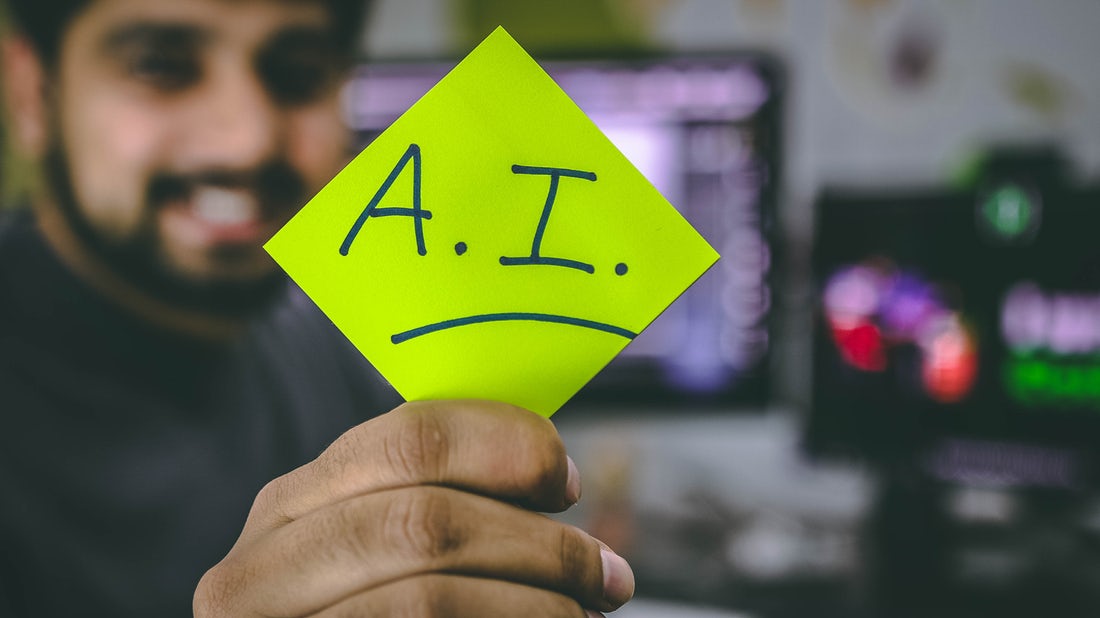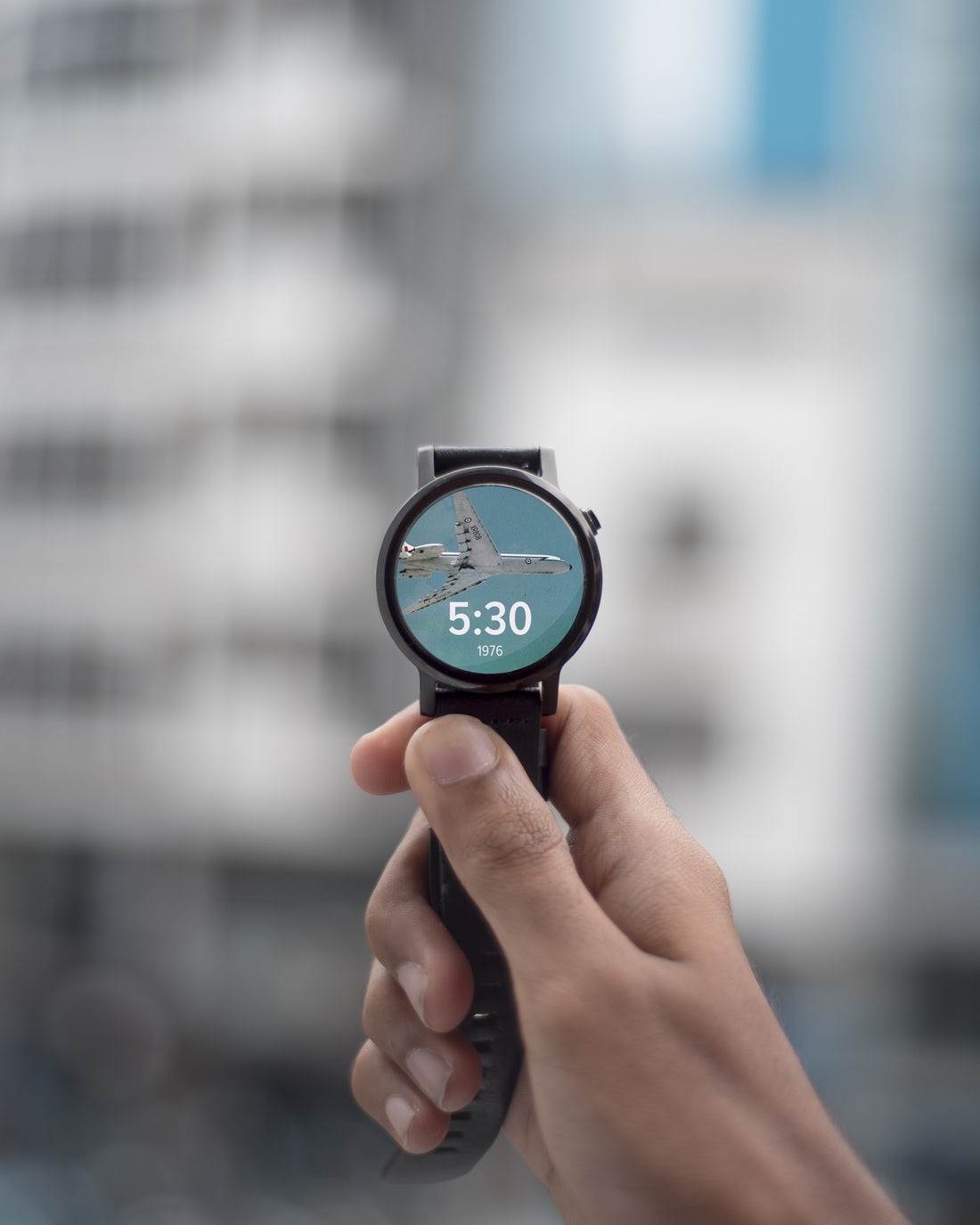
It is no hidden knowledge that we are in a fast-paced age of discovery with all sorts of innovations and technologies springing up everywhere. A good look around you shows how these technological inventions are improving and changing the way we live, love, work, socialize, create and disseminate information. But these technologies go further than these to influence integral parts of our lives such as health, finance, nutrition e.t.c, yet still remain underappreciated despite the transformations they bring. Part of the reason for your under-appreciation of these technologies stem from man’s natural aversion to risk and sudden changes, leading to underutilization of their positions and subsequent under-appreciation of the inventions.
If only man could see the limitless potentials embedded in these disruptive technologies, perhaps he would find it easier to fully exploit their potentials. A few examples of the technological inventions with disruptive powers include;
- Artificial Intelligence– This refers to a unique type of intelligence that involves a system’s ability to correctly interpret external data, learn from such data and use those learnings to achieve specific goals and tasks. In other words, this intelligence is exhibited by computers and machines. A ready example of a machine with artificial intelligence is an artificially intelligent Robot.

The first use and development of Artificial intelligence can be dated way back in history with very few applications. Today, its applications cuts across most sectors including the Healthcare sector, the Food industry, the Industrial sector, the Entertainment industry amongst others. In the coming years, it is foreseen to evolve faster than most other technologies with a wide range of applications that are beneficial to the lives of individuals and business operations.
- Internet of Things (IoT)– An apt definition of Internet of Things would be “an extension if Internet connectivity into physical devices and everyday objects in such a way as to facilitate ease of intercommunication, thereby bridging the gap between the physical and the digital sphere. With such definition, one may wonder what is so disruptive about this technology since the Internet has been in existence for centuries now; What new things does it have to offer? And the answer is that it has a lot to offer, more than the human mind can fully comprehend presently. What can be said for a smart home with a fridge that orders groceries from the nearest smart grocery shops once it detects that a given food item is close to depletion? Or an autonomous vehicle that connects to smart traffic sensors in order to choose the most suitable route and gets you to your chosen destination in the shortest duration of time? Or of smart homes with safety features that provide assistance for the elderly individuals and the disabled?

These are all applications of this invention, but which are hardly limited to these few examples. They are there in the Healthcare sector in form of advanced devices capable of monitoring and reporting the healths of individual patients, saving billions of dollars in healthcare expenditures by increasing revenue and decreasing cost. Their presence in the Industrial and Manufacturing sector is evident in the creation of new business models, transformation of the workforce and productivity improvement. They are also present in the Agricultural sector, Infrastructural sector and other sectors that one can imagine.
- Blockchain– Blockchain is a chain of chronological blocks which represents a distributed database, existing on multiple computers at the same time. Its first application was in the form and use of Bitcoin in the banking sector. Over the years and contrary to what people think, the Blockchain has evolved further than proffering solutions for the financial services. The same features used to proffer solutions for financial services are being channeled to other industries in order to improve existing systems globally.

- 3D Printing– 3D printing is the process of making a physical structure or object from a three-dimensional digital model. In 3D printing, the material is joined or solidified under computer control to create a three-dimensional structure, with the material bring added layer by layer. From its initial function of producing functional prototypes, 3D printing has evolved into a technology that cuts across all sectors. In the Health sector, it is used to produce a range of medical items, prosthetics, spares and repairs. In the Fashion industry, it is used in the commercial production of 3D-printed bikinis, shoes and dresses. In the Manufacturing industry, it is used in the 3D-printing of components of cars, trucks, aircrafts e.t.c. In the Food industry, additive manufacturing of food is used in the production of food products like chocolate, pasta, pizza e t.c.

- Robotics– Robotics is a branch of technology which deals with the design, manufacture and operation of robots. It overlaps with artificial intelligence as most robots are artificially intelligent. Robots are employed in many sectors for all sort of jobs including those that are dangerous to humans.

Other technological inventions with disruptive powers includes but are not limited to the following; Genetic Engineering, Autonomous Vehicles, and Advanced Virtual Reality. In subsequent years, more will be added to the list of disruptive technologies in the world. Rather than keep willing these technologies away because of their possible negative effects, wouldn’t it be far easier and beneficial to embrace and utilize them to the fullest, while consciously averting their negative effects on the society?
Written by Chiamaka Adinnu
She is a food scientist who’s also passionate about writing. As such, she has over 5years experience in high-level research and academic writing, with several awards to her name. A contemporary youth activist and gender advocate, she currently writes for Ananke – a digital platform that seeks to empower young girls and also volunteers with several Non-profit organizations in rendering services to humanity. Chiamaka is also a voracious reader of all things book, in order to make for an informed opinion in her writings. As a long-term goal, she aims to engrave her name in the sands of time through her various writings.

